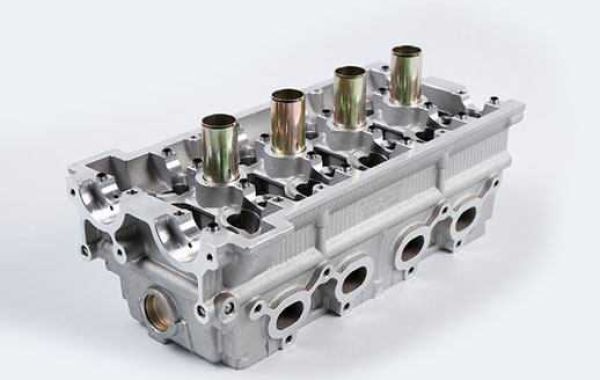You're right, let's delve deeper into the factors to consider when choosing a die casting process:
Part Geometry
- Complexity:Die casting excels at intricate shapes, but there are limitations. Can the desired thin walls, tight corners, or undercuts be achieved? Undercuts might require special techniques like side cores or collapsible cores within the die, increasing complexity and cost.
- Size and Weight: The part's size and weight will determine the die casting machine's size and capacity needed. Very large or heavy parts might necessitate a larger, more powerful machine, impacting cost.
Material Properties
- Desired Characteristics:Select the metal alloy that offers the optimal blend of strength, weight, corrosion resistance, and other mechanical properties crucial for your application. Common choices include aluminum for its lightweight strength, zinc for its affordability and good machinability, or magnesium for extreme lightness.
- Meltability:The chosen metal's melting point must be compatible with the die casting process and the machine's capabilities. Metals with excessively high melting points might require specialized high-pressure die casting machines.
Production Volume
- Low Volume:For small production runs (think a few hundred parts or less), the high upfront cost of die creation might not be justified. Explore alternative methods like sand casting or investment casting for lower volumes, as these processes require less investment in tooling.
- High Volume:Die casting shines for high-volume production (thousands to millions of parts) due to its speed and efficiency. The initial investment in die creation is offset by the significant cost savings from faster production times per part.
Surface Finish Requirements
- As-Cast Finish:Die casting often produces a good surface finish that might be sufficient for many applications without additional work. This is a major advantage, reducing post-processing costs.
- High-Precision Finish:If a highly polished or textured finish is a requirement, additional post-processing steps like machining, polishing, or anodizing might be necessary. These add to the overall cost per part.
Cost Considerations
- Die Cost:The initial cost of designing and manufacturing the die can be significant. This needs to be weighed against the cost savings from faster production times and the expected volume of parts produced. High-volume production helps spread the die cost over a larger number of parts, making die casting more cost-effective.
- Material Cost: The chosen metal alloy will have a material cost associated with it. Aluminum is generally more expensive than zinc, for instance. Consider the balance between material cost and desired properties.
- Post-Processing Costs: As mentioned, the level of surface finish required will influence post-processing needs and add to the cost per part.
Additional Factors
- Lead Time: Die casting requires die creation, which can take time. Factor in the lead time for die development when planning your production schedule.
- Die Casting Expertise:Choose a die caster with experience in working with your chosen metal alloy and part complexity. Their expertise can help ensure a smooth production process and minimize potential issues.
By carefully considering these factors, you can make an informed decision about whether die casting is the right process for your project and select the most suitable type of die casting (hot chamber or cold chamber) to optimize your production efficiency and cost-effectiveness. There is another article about Die Casting: Hot and Cold Chamber Die Casting: How to Choose the Right Process? If you are interested in it, please click to read.







